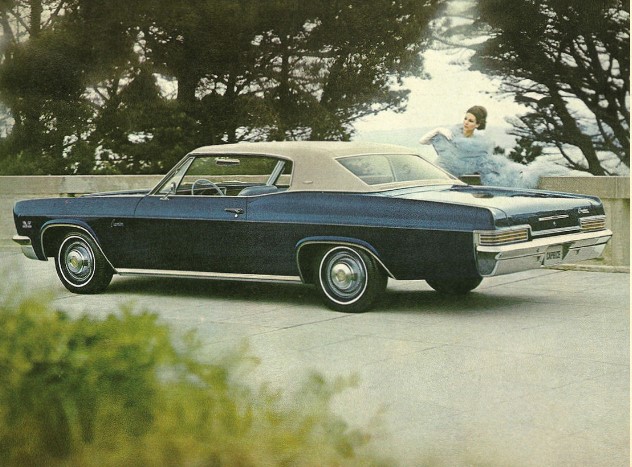Many enthusiasts know that one of the mandates for 1972 was the change of horsepower measurement from gross to net. But what were the net ratings of engines introduced before 1972? Thanks to the GM Heritage Center, we have some answers.
When horsepower was measured in gross, it was generally done with the dynometer exhaust system, no fan, and optimum spark advance and fuel setting. With the net system, power and torque were obtained from a dynometer setting simulating actual operating conditions when the engine is in its vehicle, often with the generator not charging. It’s a more honest simulation, and honesty seemed to be on the docket considering the government wished for cleaner automotive emissions.
Some 1971 literature lists both horsepower ratings, which is neat to compare how they would exist in today’s horsepower climate, but that’s all I’ve seen until Victor Bedrio gave me a heads-up of net ratings Chevrolet calculated in engineering documents. These documents can be found at the GM Heritage Center’s online archive. It’s all very interesting, although the more interesting engines were not tested in net, unfortunately. Here’s the stats:
1965 Full-Size

1965 Chevelle

1966 Full-Size

1966 Chevelle

1966 Chevy II

1966 Corvette

Notable is the net horsepower for the L35 396 for the full-size cars is not as much as that for the Chevelle. Why? I suspect it’s because single exhaust was standard for the big cars, while the SS 396 came standard with duals.
Sure, it’s a shame we don’t know the net horsepower ratings of the likes of L79, L78, L36, and L72 engines, but nonetheless it is interesting to be able to fill in the blanks of others.





